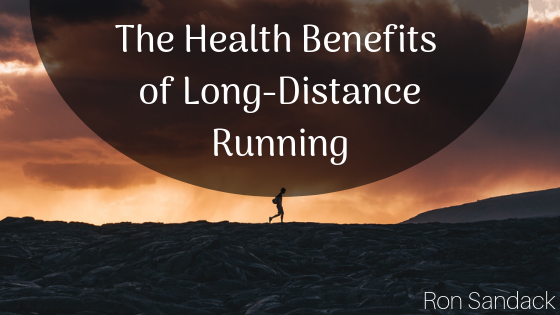Defined as running nonstop for at least five miles, long-distance running is a physically and mentally taxing activity that can exhaust even the most experienced athletes. Those who are able to persevere, however, will reap the rewards of better health, which was my motivation this past year while training for the Chicago marathon.
Strengthens the Heart
Because it’s a type of aerobic exercise, long-distance running promotes a stronger heart. A study of more of than 8,200 male runners found that a correlation between the distance participants ran and whether they developed heart disease. Researchers concluded that participants who ran the longest distances had the lowest risk of heart disease. When you’re a “man of a certain age” like me, this is especially important.
Builds Stronger Bones
In addition to strengthening the heart, long-distance running also strengthens bones by making them denser and less susceptible to breaking. According to Know Your Back, the average adult loses about 0.5 percent of his or her bone mass each year after age 50. Bone density naturally declines with age, but running encourages the body to rebuild the lost tissue by exposing bones to pressure.
Increases VO2 Max
A benefit of long-distance running that’s often overlooked is a higher VO2 max. VO2 max is the maximum rate at which a person can consume and use oxygen. A low VO2 max prevents athletes from performing aerobic exercises for a prolonged period. Long-distance running, however, has been shown to increase this metric, allowing athletes to consume and use more oxygen.
Increases Muscle Mass
There’s no substitution for weightlifting to increase muscle mass, but athletes can compliment their weightlifting regimen by running long distances to achieve greater results. Long-distance running stimulates activity in the circulatory system, sending oxygen-rich blood to muscles where it helps to build new tissue and repair existing tissue.
Fights Depression
Affecting about 300 million people worldwide, depression has become a major health concern. Although there are drugs available to treat it, long-distance running is a safe and effective alternative. Like other aerobic exercises, it catalyzes natural depression-fighting hormones like endorphins and oxytocin in the body.
New athletes don’t have to necessarily run a full marathon to take advantage of these health benefits. Rather, they should start by running shorter distances and gradually increase their distance. This allows the athlete’s body to adjust to the new physical stress, thereby lowering the risk of injury.
So, Run a Marathon at Age 54!
In October of 2017, I was home watching the Chicago Marathon on television. I was amazed by the incredible athletes running in contention for wins, but I was equally inspired by the thousands of amateurs running for something else – their health. That next day I made a plan to get healthier and run the 2018 Chicago Marathon. And I did. Now, I am training for a half marathon in March and am again registered to run Chicago in October of 2019 – all because I like how I feel, which is due to the physical and mental aspects of long-distance running.
